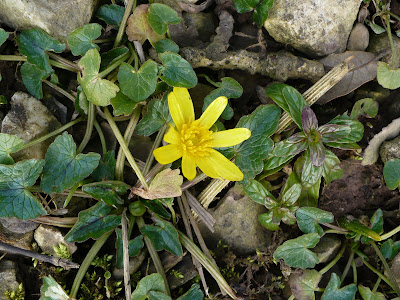
+NBGW.JPG)


 In spite of the recent cold weather, Lesser celendine (Ranunculus ficaria), Winter aconite (Eranthis hyemalis) and Daffodil (Narcissus pseudonarcissus) were in bloom at the National Botanical Gardens Wales. Witch hazel (Hamamelis spp) was also in flower. Honey bee (Apis mellifera) from the hives were active in the sunshine amongst the massed Snowdrops (Galanthus nivalis).
In spite of the recent cold weather, Lesser celendine (Ranunculus ficaria), Winter aconite (Eranthis hyemalis) and Daffodil (Narcissus pseudonarcissus) were in bloom at the National Botanical Gardens Wales. Witch hazel (Hamamelis spp) was also in flower. Honey bee (Apis mellifera) from the hives were active in the sunshine amongst the massed Snowdrops (Galanthus nivalis).
%20mating%20NWCW.jpg)


No comments:
Post a Comment